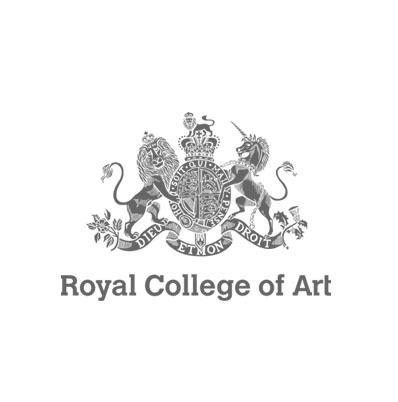PHASE 1, end of 2015
PROJECT_16 asks:
What constitutes public space in the streets of your city?
Who are its potential audiences?
How is this related to the extended domain of the World Wide Web?
Emma Smith responds
London is considered to be one of the most cosmopolitan cities in the world. Departing from Jaques Derrida’s identification of ‘cosmopol’ in relation to a city space, Emma Smith draws the concept of ‘the cosmopolitan’ as a notion that can hold no place of its own, but rather exists virtually as a concept of all space, brought into being through social exchange in any given location.
Through the entangled cultural specificities interwoven on the streets of London the city enacts the global citizen. For the artist, London exemplifies the cosmopolitan as a shared space based of difference.
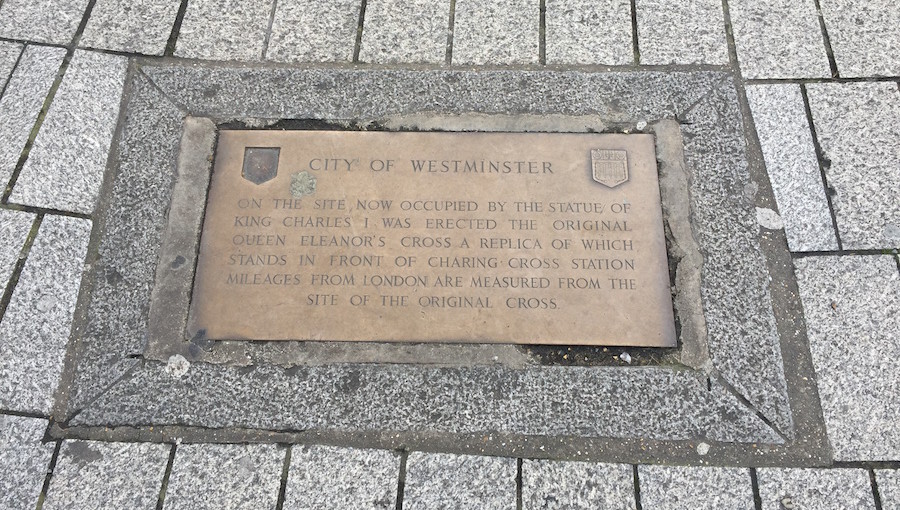
Chora
As a response to the questions posed by PROJECT_16 and taking the concept of ‘cosmopolitanism’ as a starting point, Emma Smith proposes Chora. Composed of a one-day happening in the streets of London, a workshop at the Royal College of Art and its online manifestation, Chora is an invitation to reflect on our shared humanity.
Related to a previous thought experiment in September 2015 at Kunstmuseum Lucerne, the work was initiated on 9 February 2016 through a happening in Trafalgar Square, the historic epicenter of London from which all distances to other cities are measured. The point marked by a plaque on the floor at the southern edge of Trafalgar Square served as a site to test the public nature of the city space and the modes of contact and exchange it affords. From this symbolic location, the artist started the dissemination of ‘chora’, a term derived from Plato as pertaining to a third space beyond the city. Through her interpretation of the Platonic ‘chora’, Smith proposes to found a new state, ‘a state of mind’, solely dependent on the power of thought, as a way of enabling the possibility for a global citizenry, free from conditions of citizenship, definition or border.
Based on this notion, passers-by were invited to take part in the artwork by means of taking a minute to imagine what it means to them to be a citizen of the world. What does it mean to have a global citizenry based on difference? What is the role of the city space? Through this happening, manifested as a ‘state of mind’, Chora’s meaning and actuality became entirely dependent on each person thinking it and as numerous and various as its participants.
As part of PROJECT_16’s public programme at the Royal College of Art the work is expanded through a public forum in which the artist invites specific groups of people to debate the notion of Chora.
As a way to capture the traces of this thought experiment and spread further the notion of Chora, participants are invited to post their silent pictures online and follow Chora’s social media accounts (@GloablChora #GlobalChora) – sites that don’t post anything but just collect followers. In so proposing, the artist expands the scope of the work to the extended public domain of the World Wide Web. So Chora’s existence is established, consolidated and circulated online.
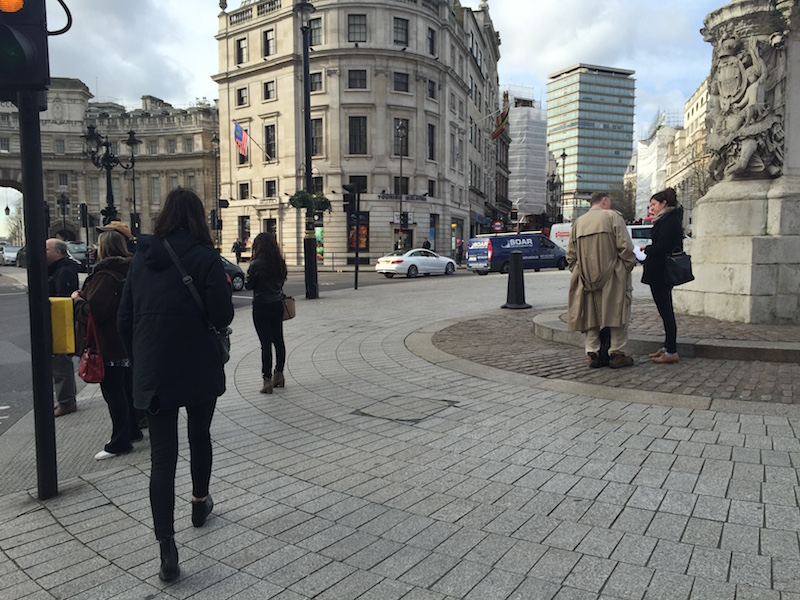
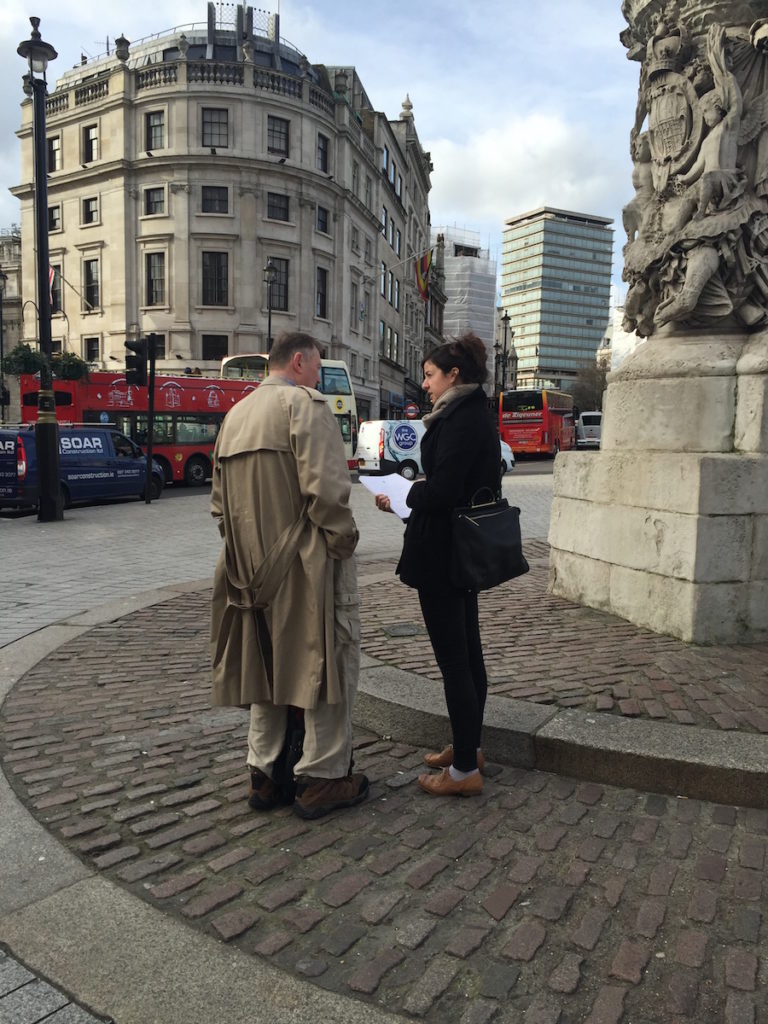
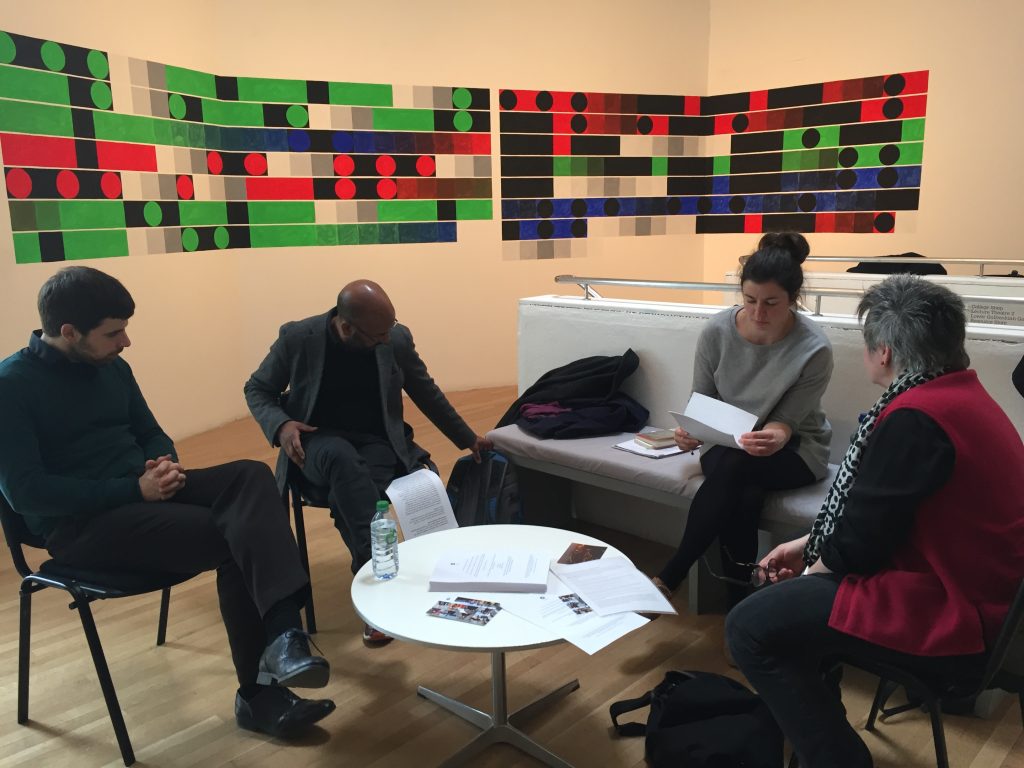
PHASE 2, beginning of 2016
PROJECT_16 asks:
How would you share this with other localities?
Emma Smith responds
On the occasion of PROJECT_16’s exhibition the artist proposes to disseminate the notion of Chora in Lahore and São Paulo in collaboration with PROJECT_16’s artists Paula Nishijima and the Awami Art Collective.
